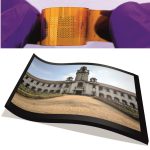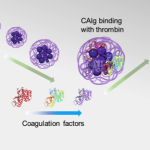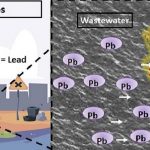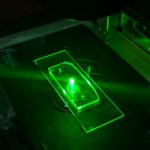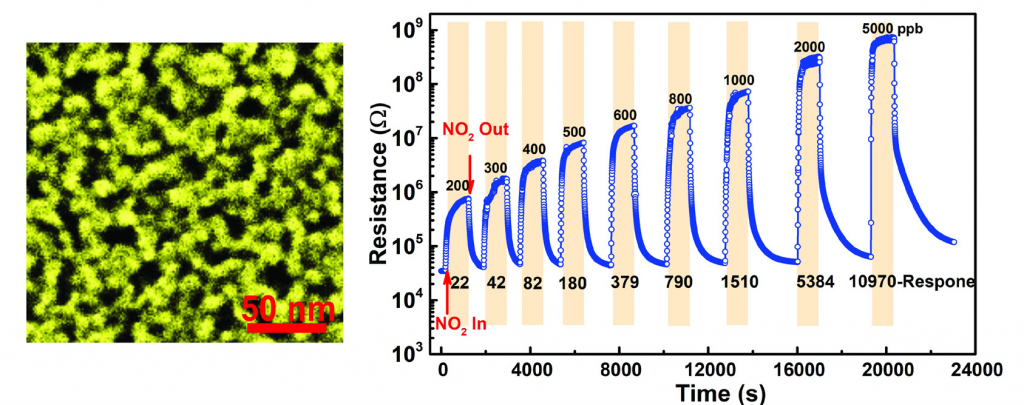
A fully inkjet-printed gas sensor to detect very low levels of nitrogen dioxide, a toxic gas, has been developed by researchers in the Department of Materials Engineering and Materials Research Centre led by Subho Dasgupta. The sensor is based on thin films of mesoporous tin oxide.
To create the “ink” for printing, they combined a tin oxide precursor (metal halide) with a tri-block copolymer and an additional organic compound called xylene that helps in increasing the pore size. They used an inkjet printer to print this ink onto a substrate, and allowed it to self-assemble into layers of crystalline tin oxide with well-connected pores 15-20 nm in size. The printed sensor has a large surface area to efficiently adsorb and desorb nitrogen dioxide. It also allows fast movement of electrons within its crystalline tin oxide ligaments, resulting in enhanced sensing.
The sensor was able to detect even trace amounts of nitrogen dioxide – as low as 20 parts per billion. It also provided stronger response than most currently available gas sensors in the market or the ones that the researchers developed at the lab scale.
The use of an inkjet printing technique also makes it easier to scale up the process to produce inexpensive gas sensors for a wide range of applications.

